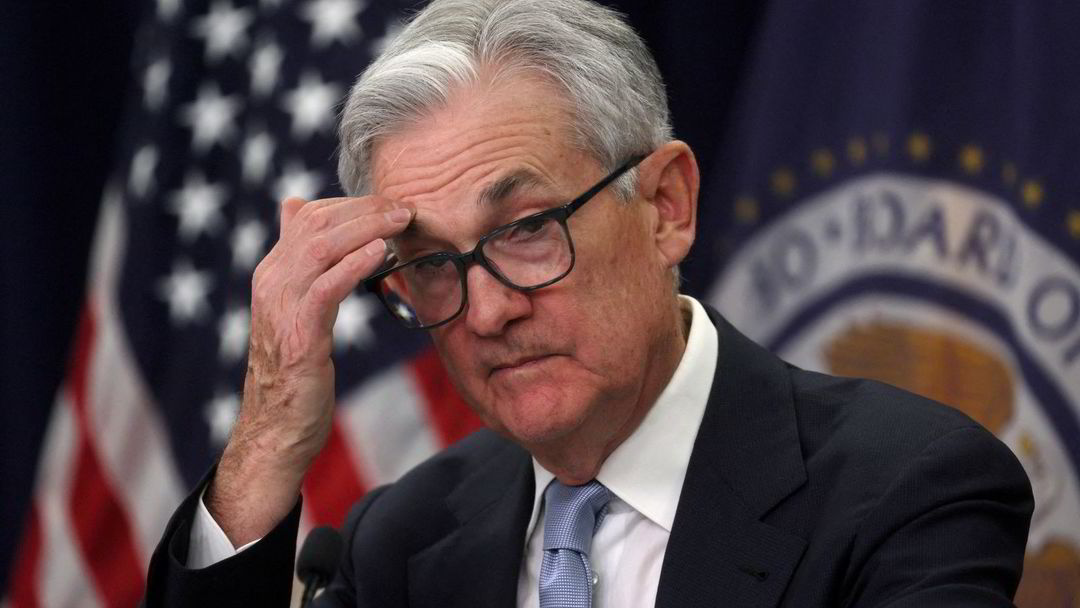Only a week after the Federal Reserve raised the interest rate by 0.25 percentage points, new macro figures arrived on Friday to take into account.
The personal consumption, personal consumption expenditures (PCE), turned upside down in January and then created strong reactions in the market. From the peak of 9.1 per cent in June last year, the rate had ticked downwards before the trend reversed in the first month of the year. The figure for total inflation then ended at 5.4 per cent.
For February, it was expected that this total figure would be 5.1 per cent. When the facet ticked in, it showed that the key figure ended at 5.0 per cent for February.
On Wall Street, the figures were well received. This is how it ended for the leading indices:
- Industry-heavy Dow Jones Industrial Average, which is made up of 30 hand-picked supposedly important stocks, rose 1.26 percent
- The Nasdaq Composite, which is dominated by technology companies, rose 1.74 percent
- The collective index S&P 500, which consists of 500 of the largest companies in the United States, rose 1.43 percent
It was also a solid quarter for US stocks. The broad S&P 500 index has risen seven per cent this year, while the technology-heavy Nasdaq Composite has risen over 16 per cent.
Gives leads for Powell
In addition to total inflation, a lot of attention is paid to core inflation. In advance, according to the Bloomberg news agency, it was expected that core inflation in February would end at 4.7 percent on an annual basis, which is the same as it ended up with in January.
Core inflation ended in February at 4.6 per cent.
– Inflation is still far too high compared to the central bank’s target, but the February figures are good news for the stock market and the Fed, which sees that interest rate increases are having an effect on inflation, says chief analyst Erik Bruce at Nordea Markets, before offering a small reminder:
– There is a lot of noise, and we have to see several monthly figures before we can report that the American economy is healthy.
The PCE figures create an expectation of where the US key interest rate will be set. When US central bank chief Jerome Powell and his people assess the economic development, they look at one parameter in particular: the PCE figures, which are the Fed’s preferred measure of inflation.
The Fed raised interest rates at its last meeting a week ago by 0.25 percentage points to a range between 4.75 and five percent. Powell then pointed to the Fed’s already stated estimates of another interest rate hike this year.
– Although the majority believe in a new interest rate increase, the market is a bit doubtful whether the Fed will raise interest rates on the next occasion, says Bruce.
The expectation of an increased interest rate has over the past year and a half put pressure on the American stock market, and in particular the tek shares.
The inflation figures were released at 14.30 Norwegian time – an hour before the American stock exchanges opened. Ahead of the inflation announcement, the central indices were expected to rise slightly, except for the technology exchange Nasdaq, where investors expected a marginal fall. When the markets opened, all the indices rose immediately from the start, and thus ended with a solid rise.(Terms)Copyright Dagens Næringsliv AS and/or our suppliers. We would like you to share our cases using links, which lead directly to our pages. Copying or other forms of use of all or part of the content may only take place with written permission or as permitted by law. For further terms see here.
